
The western meadowlark is a medium-sized icterid bird, about 8.5 in (22 cm) in length. It nests on the ground in open grasslands across western and central North America. It feeds mostly on bugs, but will also feed on seeds and berries. The western meadowlark has distinctive calls described as watery or flute-like, which distinguish it from the closely related eastern meadowlark. The western meadowlark is the state bird of six states: Montana, Kansas, Nebraska, North Dakota, Oregon, and Wyoming.

Kielmeyera is a plant genus in the family Calophyllaceae. It is endemic to South America, with a large occurrence in the Brazilian cerrados.
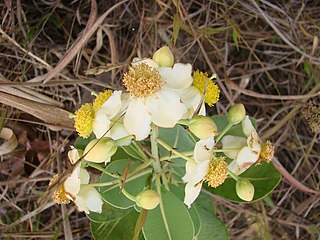
Kielmeyera coriacea is a medicinal plant native to Cerrado and Pantanal vegetation in Brazil. It is also used as a honey plant.
Kielmeyera peruviana is a species of flowering plant in the Calophyllaceae family. It is found only in Peru.

Beauprea is a genus of flowering plants in the family Proteaceae. Its 13 extant species are endemic to New Caledonia, though closely related forms have been found in the fossil records of Australia and New Zealand. Its closest extant relatives are the African Protea and Faurea.
Helicia neglecta is a species of plant in the family Proteaceae. It is endemic to Papua New Guinea. It is threatened by habitat loss.
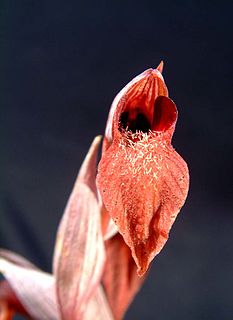
Serapias is a genus of terrestrial orchids that can be found all over southern Europe to Asia Minor. The genus was named after Serapis, a syncretic Hellenistic-Egyptian god in Antiquity. Serapias have spurless flowers and usually go dormant during the winter seasons.

Malva neglecta is an annual growing to 0.6 m (2 ft). It is also known as common mallow in the United States and also buttonweed, cheeseplant, cheeseweed, dwarf mallow and roundleaf mallow. This plant is often consumed as a food, with its leaves, stalks and seed all being considered edible. This is especially true of the seeds, which contain 21% protein and 15.2% fat.

Dermatosis neglecta is a skin condition in which accumulation of sebum, keratin, sweat, dirt and debris leads to a localized patch of skin discoloration or a wart-like plaque. It is caused by inadequate hygiene of a certain body part, usually due to some form of disability or a condition that is associated with pain or increased sensitivity to touch (hyperesthesia) or immobility.

Celastrina ladon, the spring azure, is a butterfly of the family Lycaenidae. It is found in North America from Alaska and Canada south of the tundra, through most of the United States except the Texas coast, southern plain and peninsula Florida; south in the mountains to Colombia.

Serapias neglecta, the scarce tongue-orchid, is a species of orchid endemic to southern Europe.
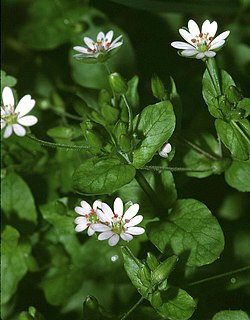
Stellaria neglecta, the greater chickweed, is an annual or short-lived herbaceous perennial flowering plant in the family Caryophyllaceae. It is native to Europe.
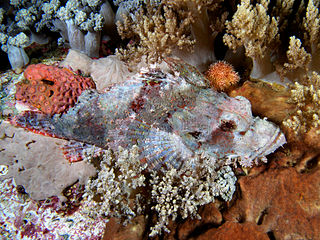
Scorpaenopsis neglecta, the yellowfin scorpionfish, is a scorpionfish from the Indo-West Pacific. The species is commonly found on the continental shelf and can grow up to a length of 190 mm (7.5 in).

Lebrunia neglecta is a species of sea anemone in the family Aliciidae. It is found in the Caribbean Sea and Gulf of Mexico.
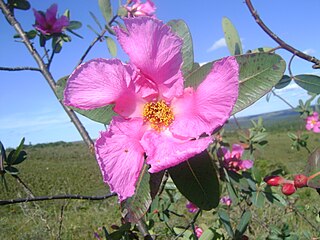
Kielmeyera rubriflora is a species of Kielmeyera from Bolivia to Brazil.
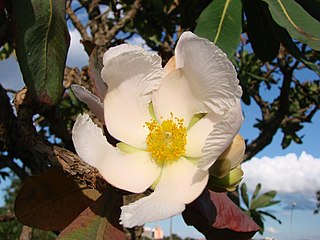
Kielmeyera speciosa is a species of Kielmeyera from Brazil.
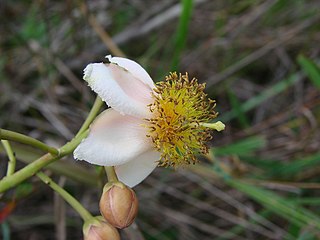
Kielmeyera neriifolia is a species of Kielmeyera from Brazil.

Candona is a genus of ostracods in the family Candonidae.
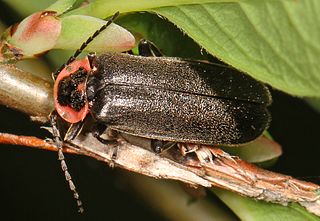
Atalantycha neglecta is a species of soldier beetle in the family Cantharidae. It is found in North America.

Kielmeyera variabilis is tree growing to a height of 3–6 meters, found in savannah regions of eastern and central Brazil. K. variabilis is traditionally used in folk medicine to treat tropical diseases including schistosomiasis, leishmaniasis, malaria, as well as fungal and bacterial infections.





















